Stuffed animals are more than just toys—they’re cherished companions that bring comfort and joy. But what happens when your favorite plush friend starts to look flat and lifeless? It’s frustrating when that once-soft, fluffy feel seems to vanish overnight. Many people wonder: why is my stuffed animal not fluffy anymore?
Stuffed animals lose their fluffiness mainly due to factors like material quality, frequent use, improper washing, and compression during storage. Understanding these causes can help you care for your plush toys better and restore their softness. In this guide, we’ll explore the key reasons behind lost fluffiness and how to bring your stuffed animal back to life.
Imagine a child clutching their once-fluffy teddy bear, now flattened and sad-looking, desperately wanting it to be soft again. Whether it’s a beloved keepsake or a recent gift, knowing why fluffiness fades and how to fix it can save your plush’s charm. Let’s dive in and find out how to keep those stuffed animals cuddly for years to come.
1.What Factors Affect the Fluffiness of a Stuffed Animal?
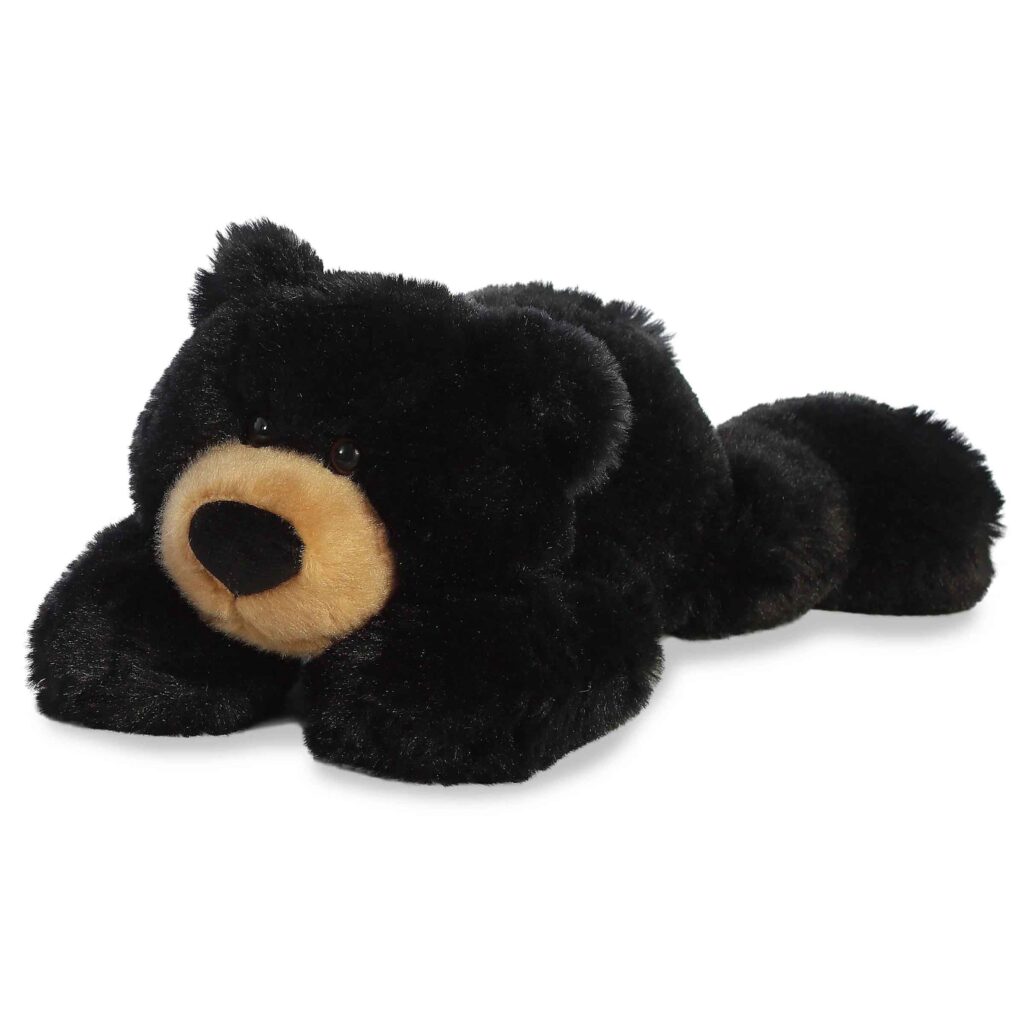
The fluffiness of a stuffed animal mainly depends on the quality of the stuffing, the type of fabric, and the overall manufacturing process.
- Types of Stuffing Materials: Stuffed animals can be filled with polyester fiberfill, beans, foam, or natural materials like cotton or wool. Polyester fiberfill is common because it’s lightweight, resilient, and can hold its shape well, giving plush toys that fluffy feel. Lower-quality stuffing may flatten easily or clump over time.
- Fabric Types and Textures: The outer fabric also plays a huge role. Plush fabrics like minky or velvet feel soft and help trap air, contributing to a fluffy sensation. Thin or low-pile fabrics won’t retain fluffiness well and may show wear faster.
- Manufacturing and Stitching Quality: Tightly stitched seams and well-balanced stuffing distribution prevent lumps and flattening. Poorly made toys with uneven stuffing tend to lose shape quickly, making them feel less fluffy.
- Design and Shape Considerations: Some designs naturally hold fluff better. Rounded shapes with ample stuffing maintain volume better than flat or elongated designs.
By understanding these factors, you can recognize why some stuffed animals stay plush longer and why others don’t.
| Фактор | Описание |
|---|---|
| Types of Stuffing Materials | Polyester fiberfill is common for fluffiness; natural materials or low-quality stuffing may flatten or clump over time. |
| Fabric Types and Textures | Plush fabrics like minky or velvet trap air and feel soft; thin or low-pile fabrics lose fluffiness faster. |
| Manufacturing and Stitching Quality | Tight seams and even stuffing prevent lumps and flattening; poor stitching leads to shape loss and less fluffiness. |
| Design and Shape Considerations | Rounded, well-stuffed shapes hold fluff better than flat or elongated designs. |
2.Which Common Issues Cause Stuffed Animals to Lose Their Fluff?
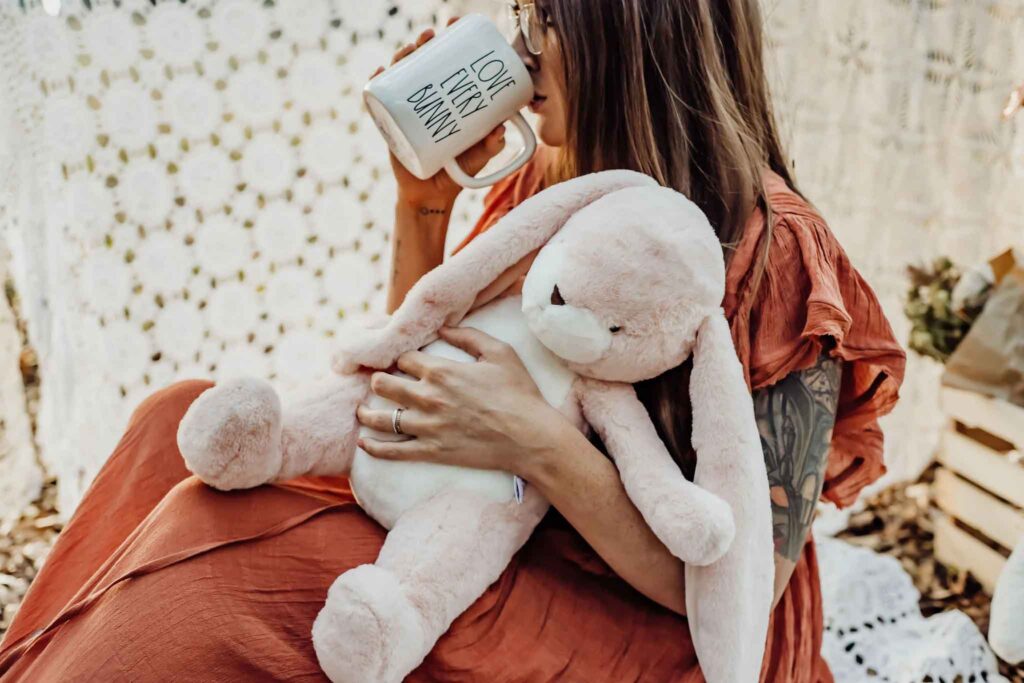
Stuffed animals lose fluff due to regular wear, improper cleaning, and compression during storage or shipping.
- Wear and Tear From Use: Frequent hugging, squeezing, and rough play break down fibers and compress stuffing. Over time, this reduces the plush’s volume.
- Improper Washing and Drying: Machine washing without proper care can cause stuffing to clump or fabric to mat. High heat drying shrinks fibers and compresses filling.
- Compression During Storage or Shipping: Stuffed animals packed tightly in boxes or vacuum bags lose air pockets that create fluffiness. Long-term pressure flattens both fabric and stuffing.
- Environmental Factors: Humidity, dust, and exposure to sunlight can degrade fabrics and stuffing materials, making them stiff or limp.
- Age and Material Degradation: Natural breakdown of polyester fibers or foam inside the toy can happen over years, leading to permanent flattening.
Knowing these common issues helps you avoid or mitigate fluff loss with proper care.
| Common Issue | Описание |
|---|---|
| Wear and Tear From Use | Frequent hugging, squeezing, and rough play break down fibers and compress stuffing, reducing volume over time. |
| Improper Washing and Drying | Machine washing without care causes stuffing clumps and fabric matting; high heat drying shrinks fibers and compresses filling. |
| Compression During Storage or Shipping | Tight packing or vacuum bags remove air pockets, flattening fabric and stuffing under long-term pressure. |
| Environmental Factors | Humidity, dust, and sunlight exposure degrade fabrics and stuffing, making them stiff or limp. |
| Age and Material Degradation | Polyester fibers or foam naturally break down over years, causing permanent flattening. |
3.How Can I Restore the Fluffiness of My Stuffed Animal?
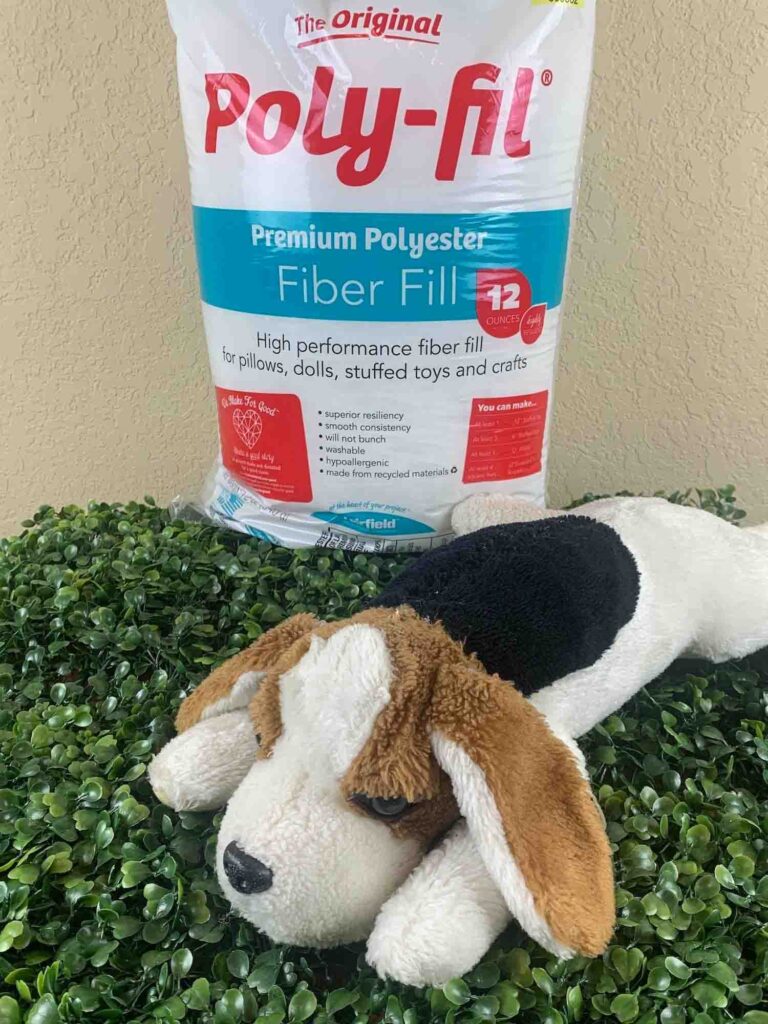
Restoring fluffiness is possible through gentle cleaning, reshaping, and careful drying techniques.
- Proper Cleaning Techniques: Hand washing with mild detergent preserves stuffing integrity better than machine washing. Spot cleaning is ideal for delicate fabrics.
- DIY Fluff Restoration: After washing, gently knead the toy to redistribute filling. Using a hairdryer on low heat while fluffing with your hands can revive softness. Brushing plush fabric with a soft brush helps lift flattened fibers.
- Professional Cleaning Services: For valuable or vintage stuffed animals, professional cleaners use specialized equipment that deep cleans without damaging fluff.
- Stuffing Replacement or Repair: If stuffing is too damaged, opening seams to add fresh polyester fiberfill restores volume. Tailored repairs maintain original shape and texture.
- Regular Maintenance Tips: Avoid crushing toys under heavy objects. Store in breathable bags, and air out occasionally to keep freshness and loft.
Applying these methods can bring your beloved plush back to a cuddly state.
| Restoration Method | Описание |
|---|---|
| Proper Cleaning Techniques | Hand wash with mild detergent to preserve stuffing; spot clean delicate fabrics to avoid damage. |
| DIY Fluff Restoration | After washing, knead filling gently; use a low-heat hairdryer while fluffing by hand; brush fabric softly. |
| Professional Cleaning Services | Use specialized equipment for deep cleaning valuable or vintage plush without harming fluff. |
| Stuffing Replacement or Repair | Open seams to add fresh polyester fiberfill if stuffing is damaged; repairs keep original shape and texture. |
| Regular Maintenance Tips | Avoid crushing under heavy objects; store in breathable bags; air out occasionally to maintain loft. |
4.Do Different Stuffed Animal Fabrics Affect Fluff Retention?

Yes, fabric type directly affects how well a stuffed animal maintains its fluffiness over time.
- Common Plush Fabrics:
- Minky: Ultra-soft with dense fibers that trap air well, keeping toys fluffy longer.
- Velvet: Smooth and dense, but prone to matting if not cared for.
- Fleece: Warm and fuzzy but less dense, leading to quicker flattening.
- Cotton: Breathable but generally less plush, resulting in faster loss of fluffiness.
- Fabric Quality and Durability: Higher quality fabrics resist piling, fading, and fiber breakage. Cheaper fabrics lose softness and look worn quickly.
- Fabric Weave and Pile Length: Longer pile fabrics feel softer and hold air better, but may attract dust more. Short pile fabrics are more durable but less fluffy.
- Impact of Fabric on Cleaning: Some fabrics tolerate washing better, helping maintain fluffiness through care cycles.
Choosing the right fabric for your stuffed animal can improve its longevity and tactile appeal.
| Fabric Factor | Описание |
|---|---|
| Common Plush Fabrics | Minky: Ultra-soft, dense fibers trap air well for longer fluffiness. Velvet: Smooth but mats if not cared for. Fleece: Warm, less dense, flattens quicker. Cotton: Breathable but less plush, loses fluff faster. |
| Fabric Quality and Durability | Higher quality fabrics resist piling, fading, and fiber breakage; cheaper fabrics wear out and lose softness quickly. |
| Fabric Weave and Pile Length | Longer pile fabrics feel softer and hold air better but attract more dust; short pile fabrics are more durable but less fluffy. |
| Impact of Fabric on Cleaning | Some fabrics handle washing better, helping maintain fluffiness through multiple care cycles. |
5.Is It Normal for Stuffed Animals to Become Less Fluffy Over Time?
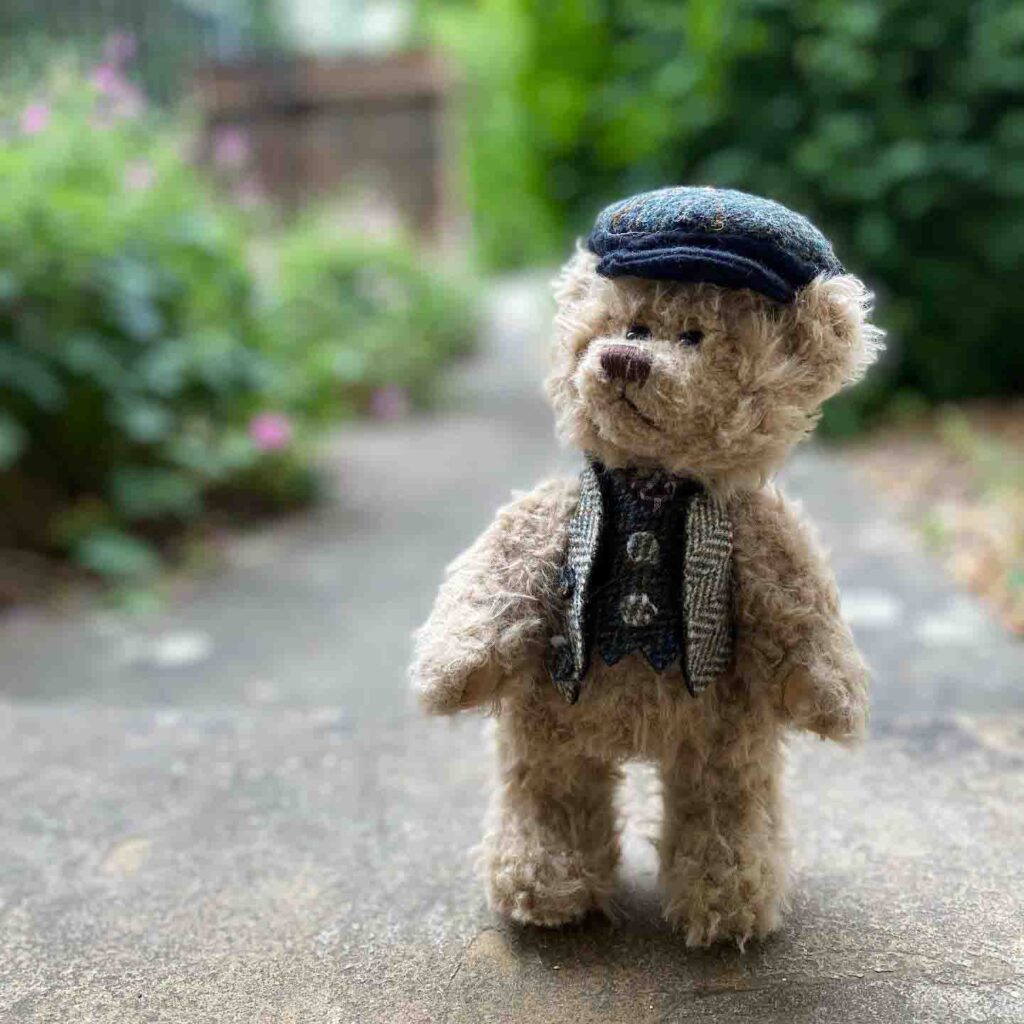
Yes, it’s natural for plush toys to lose fluffiness due to usage, age, and environmental exposure.
- Expected Lifespan of Fluffiness: Well-made stuffed animals can stay fluffy for several years with good care. Average lifespan before noticeable fluff loss is around 3–5 years depending on use.
- Factors Accelerating Fluff Degradation: Rough handling, frequent washing, and poor storage speed up flattening.
- Environmental Influences: Exposure to moisture or extreme temperatures weakens stuffing fibers.
- Prolonging Fluffiness: Regular gentle cleaning, proper storage, and avoiding excessive compression help extend plush life.
- Emotional Attachment and Replacement: Sometimes, worn fluffiness marks treasured memories, while others may prefer to refresh or replace.
Accepting some fluff loss as part of a stuffed animal’s story helps owners care for them thoughtfully.
| Аспект | Описание |
|---|---|
| Expected Lifespan of Fluffiness | Well-made stuffed animals stay fluffy 3–5 years with good care; fluff loss is gradual and normal. |
| Factors Accelerating Fluff Degradation | Rough handling, frequent washing, and poor storage speed up flattening and wear. |
| Environmental Influences | Moisture and extreme temperatures weaken stuffing fibers, causing loss of fluffiness. |
| Prolonging Fluffiness | Gentle cleaning, proper storage, and avoiding compression help extend plush toy lifespan. |
| Emotional Attachment and Replacement | Some owners cherish worn fluff as memories; others choose to refresh or replace their plush toys. |
6.Are There Specific Stuffed Animal Designs That Maintain Fluff Better?
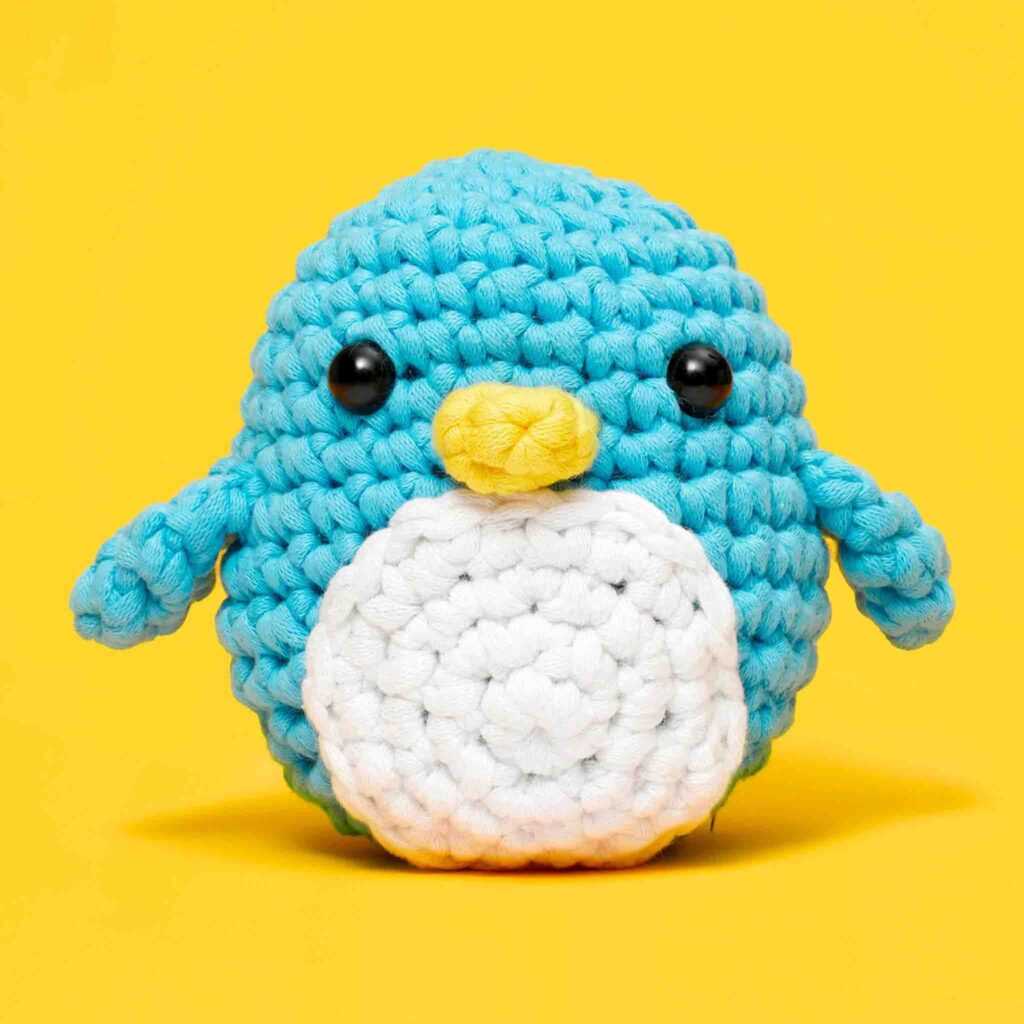
Certain design features and modern stuffing technologies improve fluff retention and durability.
- Shape and Structure: Round, full-bodied designs with ample stuffing volume maintain shape better than flat or thin toys.
- Double Stitching and Reinforcement: Strong seams prevent stuffing from shifting or leaking, preserving fluffiness.
- Use of High-Quality Stuffing: Newer polyester fibers are designed to resist clumping and flattening, keeping toys soft longer.
- Innovative Stuffing Materials: Memory foam blends, microbeads, and recycled fiberfill offer varied textures and resilience.
- Hybrid Designs: Combining different materials (foam core with fiberfill outer) balances softness and shape retention.
- Sustainability Considerations: Eco-friendly stuffing options sometimes trade longevity for biodegradability, which affects fluff retention.
Understanding design impact can guide choices when purchasing or customizing stuffed animals.
| Особенность дизайна | Описание |
|---|---|
| Форма и структура | Round, full-bodied designs with ample stuffing hold shape better than flat or thin toys. |
| Double Stitching and Reinforcement | Strong seams prevent stuffing from shifting or leaking, preserving fluffiness and durability. |
| Use of High-Quality Stuffing | Advanced polyester fibers resist clumping and flattening, keeping toys soft longer. |
| Innovative Stuffing Materials | Memory foam blends, microbeads, and recycled fiberfill offer different textures and resilience. |
| Hybrid Designs | Combining foam cores with fiberfill outer layers balances softness and shape retention. |
| Sustainability Considerations | Eco-friendly stuffing options may sacrifice longevity for biodegradability, impacting fluff retention. |
Conclusion: Ready to Bring Your Plush Back to Life?
Whether you want to restore the fluffiness of your current stuffed animals or develop durable, high-quality plush toys, Kinwin is your trusted partner. As a professional plush toy factory specializing in research, development, and production, we deliver environmentally friendly, durable, and aesthetically pleasing stuffed animals customized to your needs.
Contact Kinwin today to inquire about custom plush manufacturing and design solutions tailored to keep your stuffed animals soft, fluffy, and loved for years. Let us help you create the perfect cuddly companions that stand the test of time.




